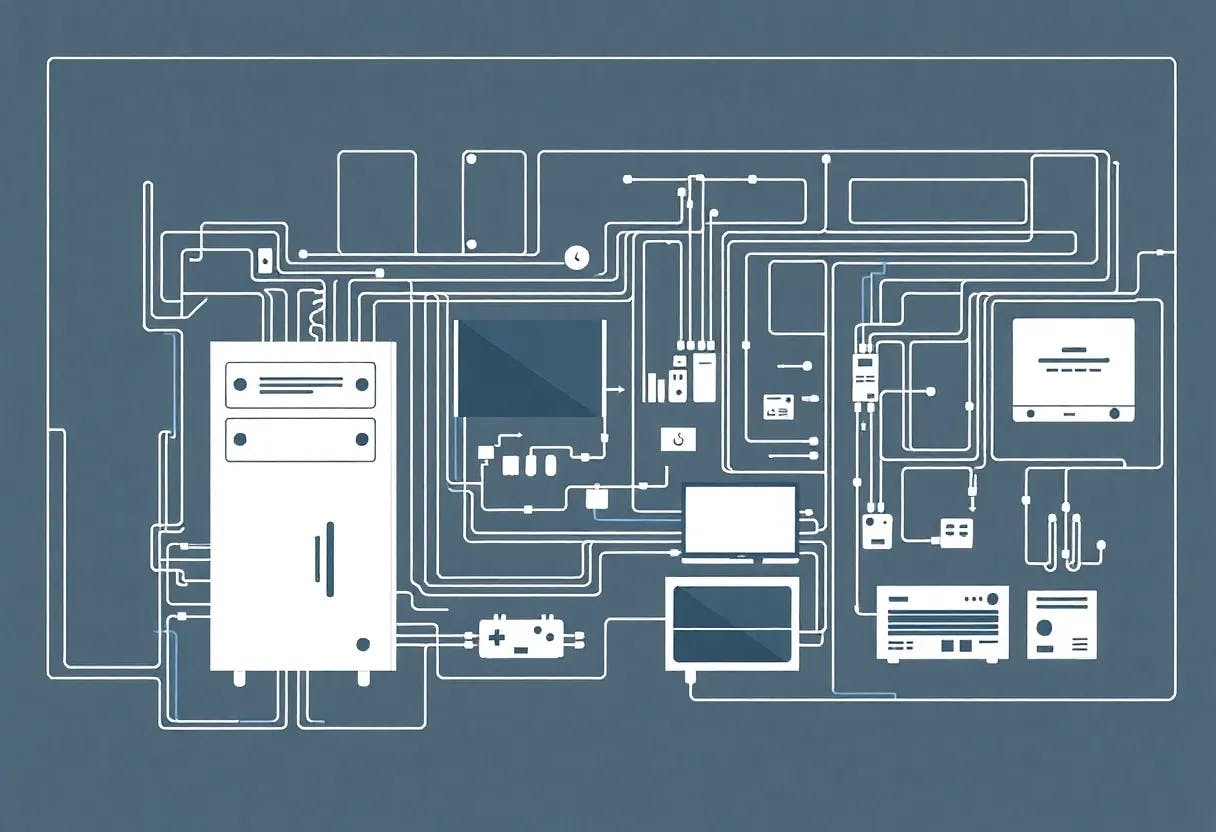
"Scalability is the ability of a system to handle an increasing workload without sacrificing performance, achieved through vertical or horizontal scaling."
"Reliability reflects a systemâs ability to run without failure, while availability indicates its uptime, often measured by metrics like 'five nines'."
"Latency is the time for a request to travel through a system, and throughput is the number of requests handled in a timeframe, often requiring trade-offs."
"Load balancing distributes incoming traffic effectively across servers to ensure no single server becomes overwhelmed, maintaining performance and reliability."
System design encompasses defining a high-level architecture for software that balances performance, scalability, reliability, and maintainability. Key concepts include scalability, which refers to a system's ability to handle increased workloads; reliability, the probability of running without failure; and availability, measured as system uptime. Techniques like redundancy and replication enhance reliability. Performance metrics like latency and throughput need careful trade-off considerations, particularly in balancing speed and capacity. Load balancing is integral for optimizing resource use across servers, ensuring system robustness and efficiency.
Read at Hackernoon
Unable to calculate read time
Collection
[
|
...
]